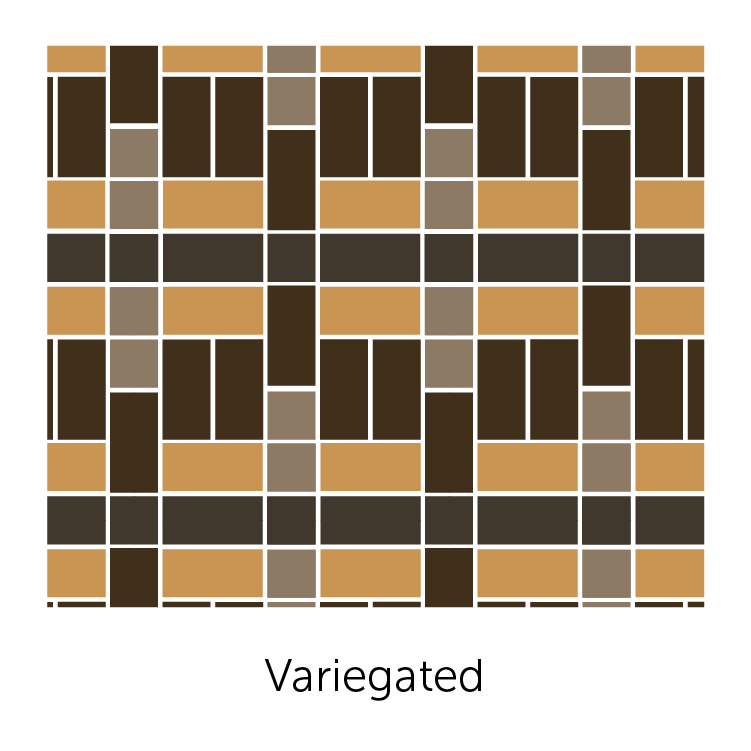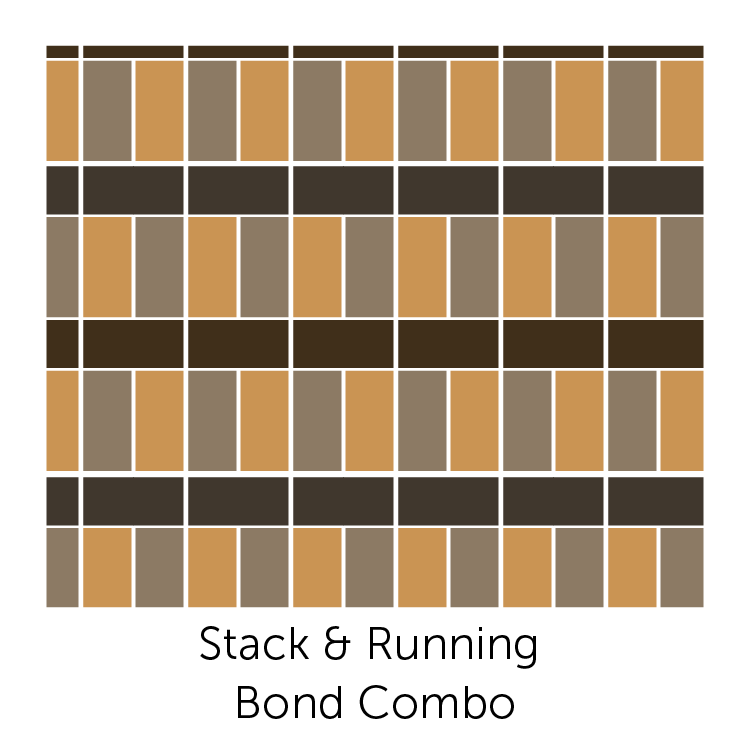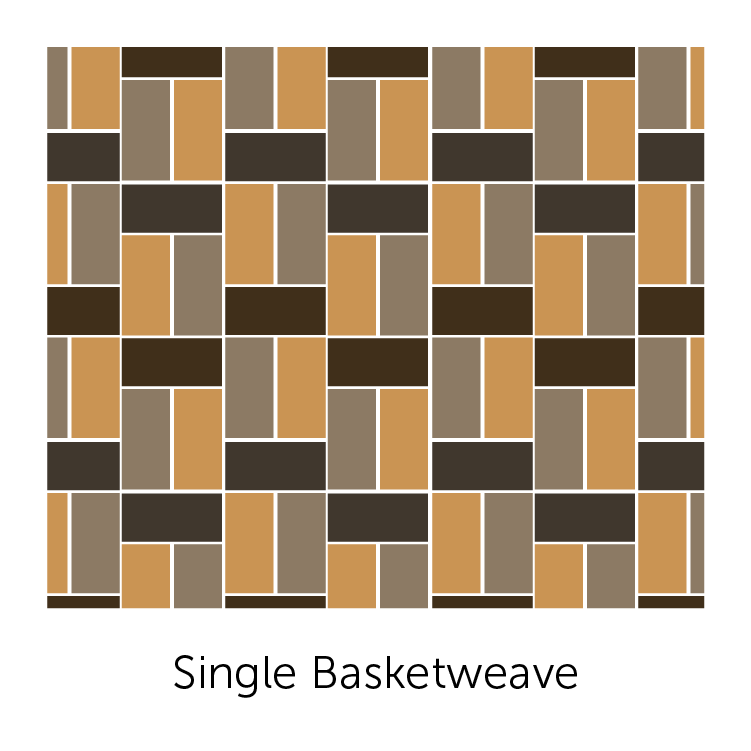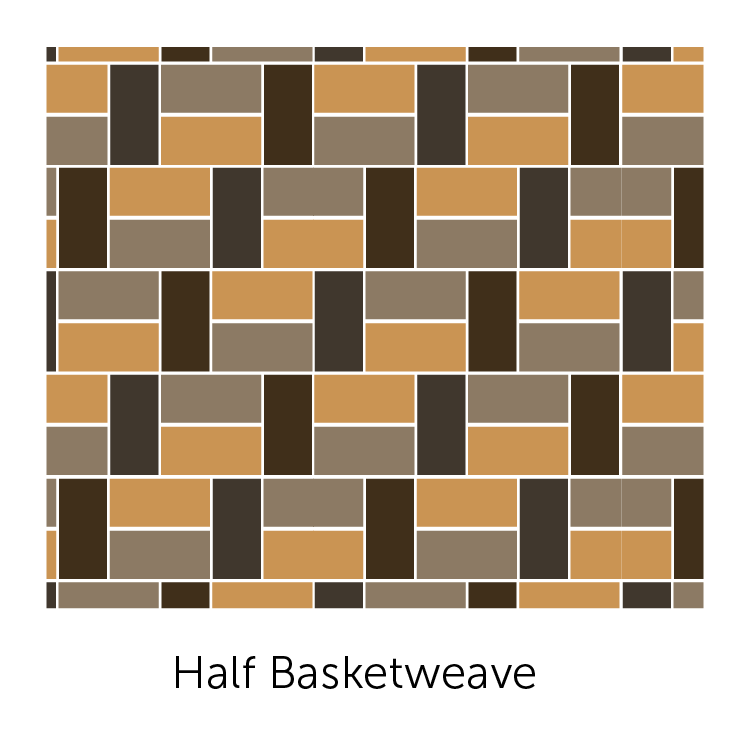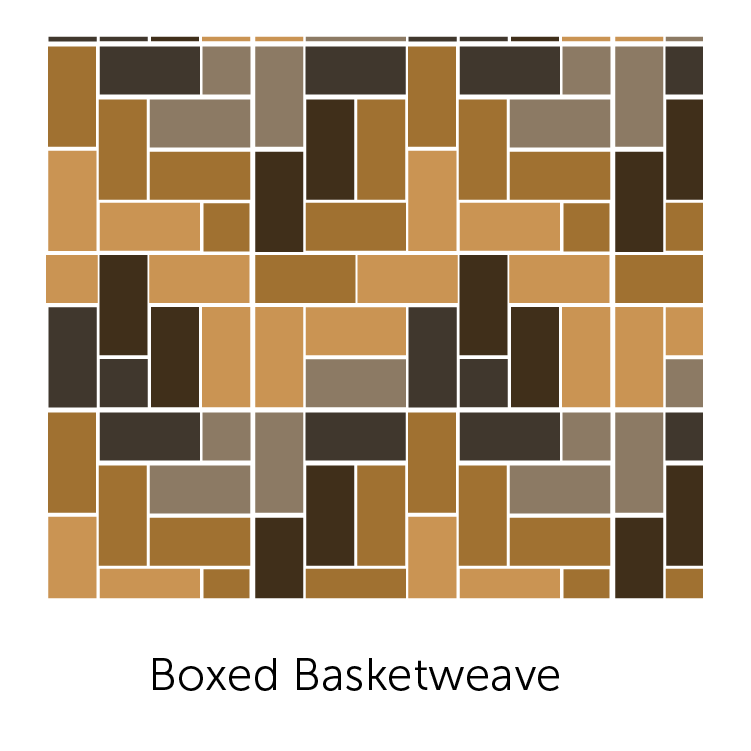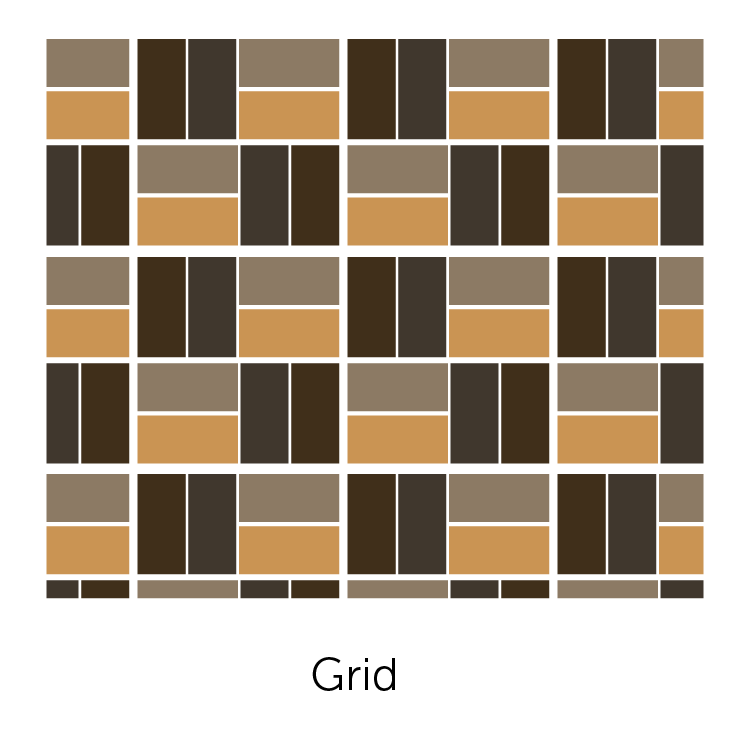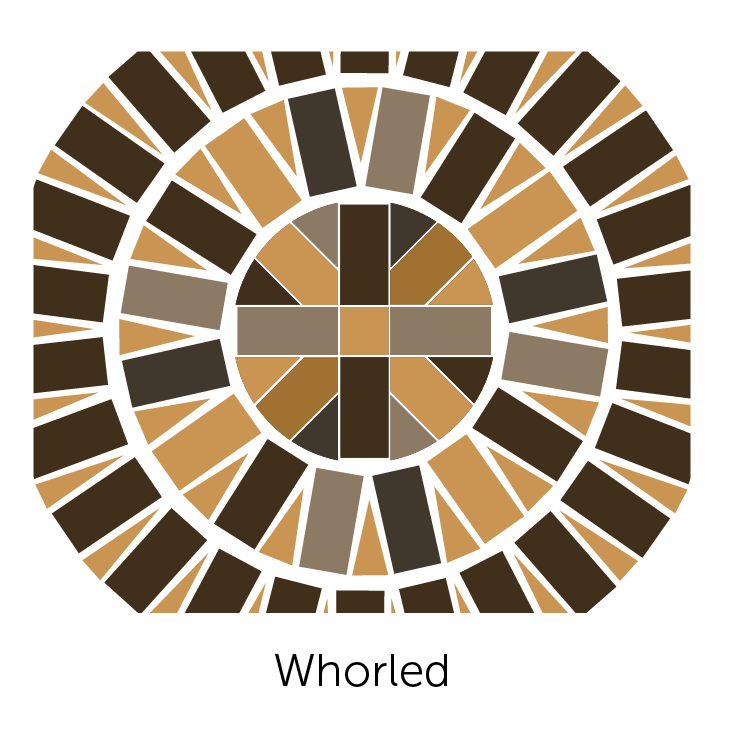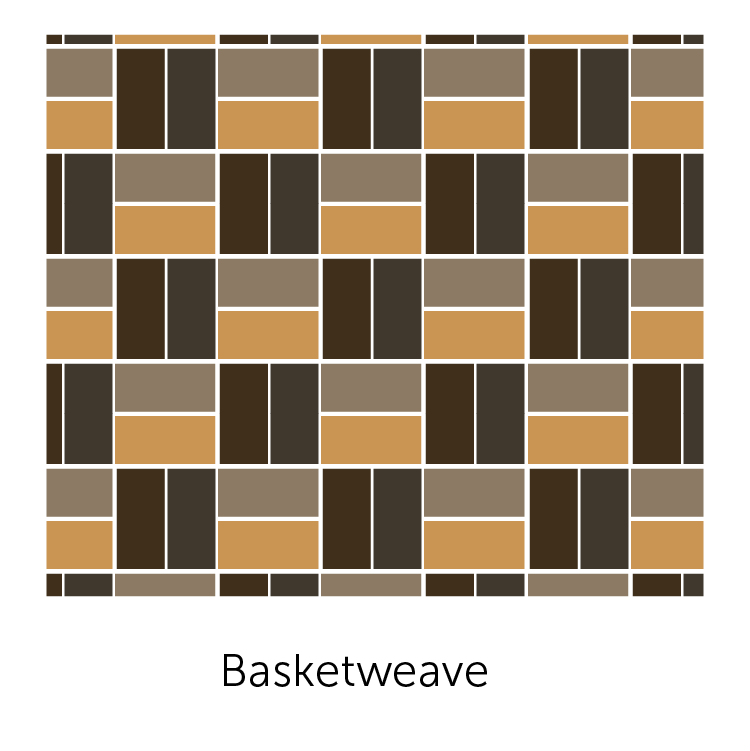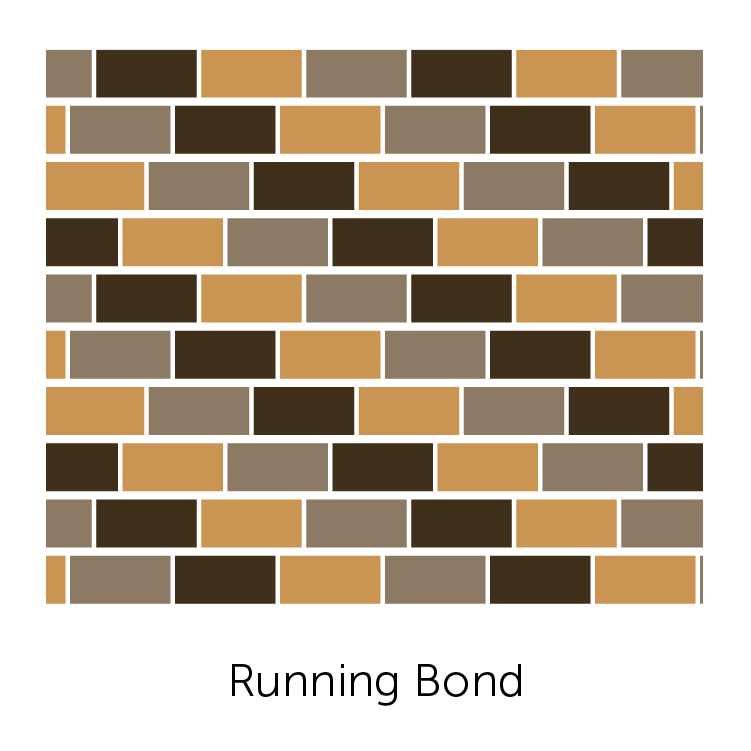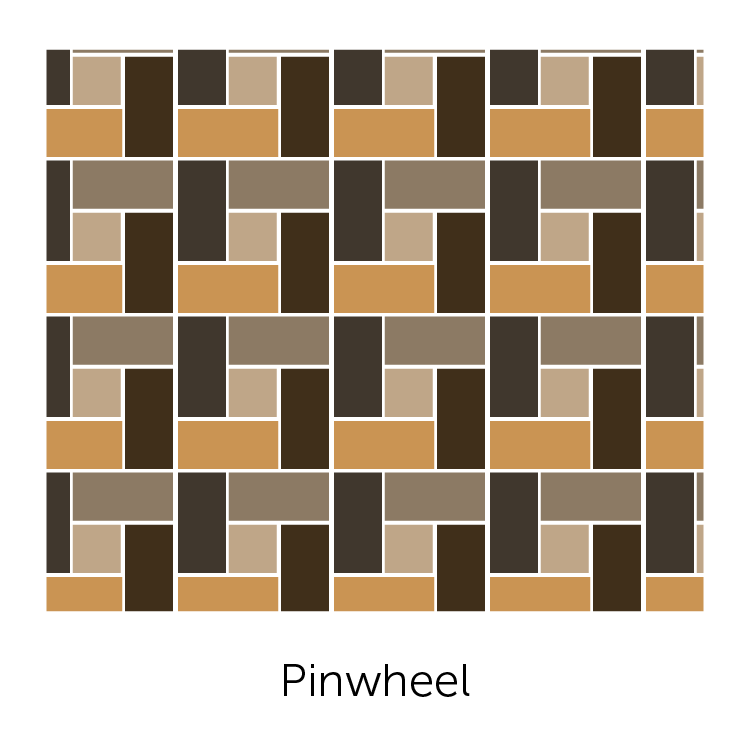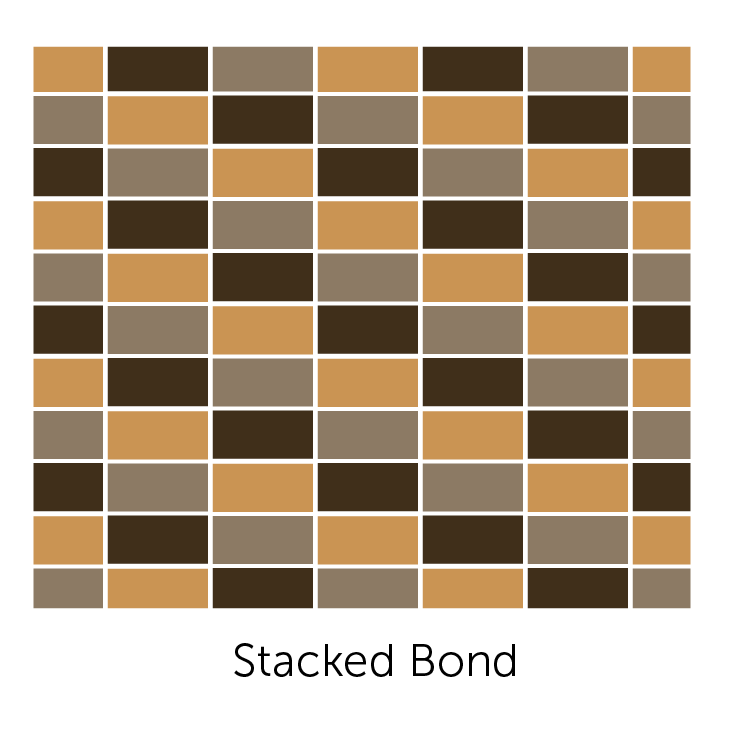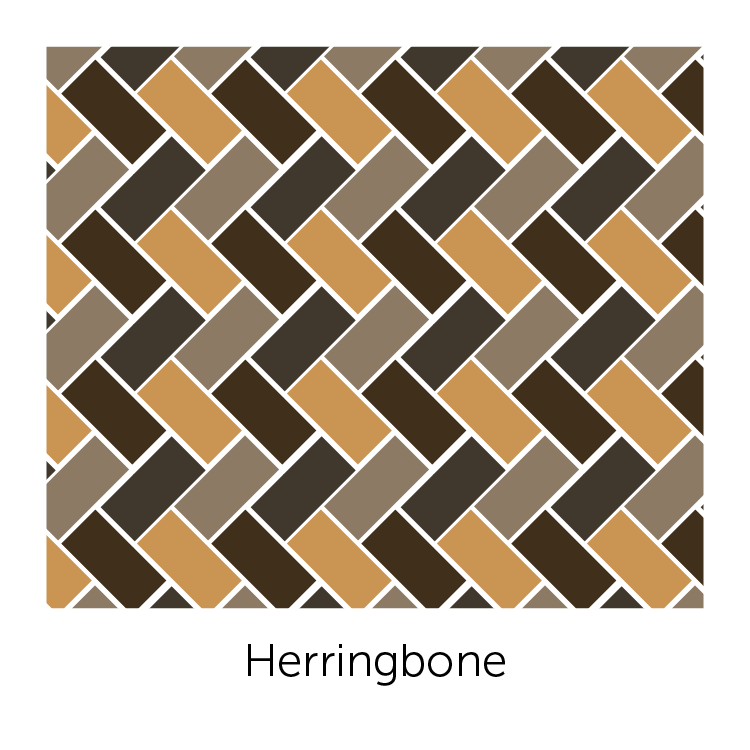Chimney Construction
&
Repair
We build and repair all types of chimneys Throughout Washington State.

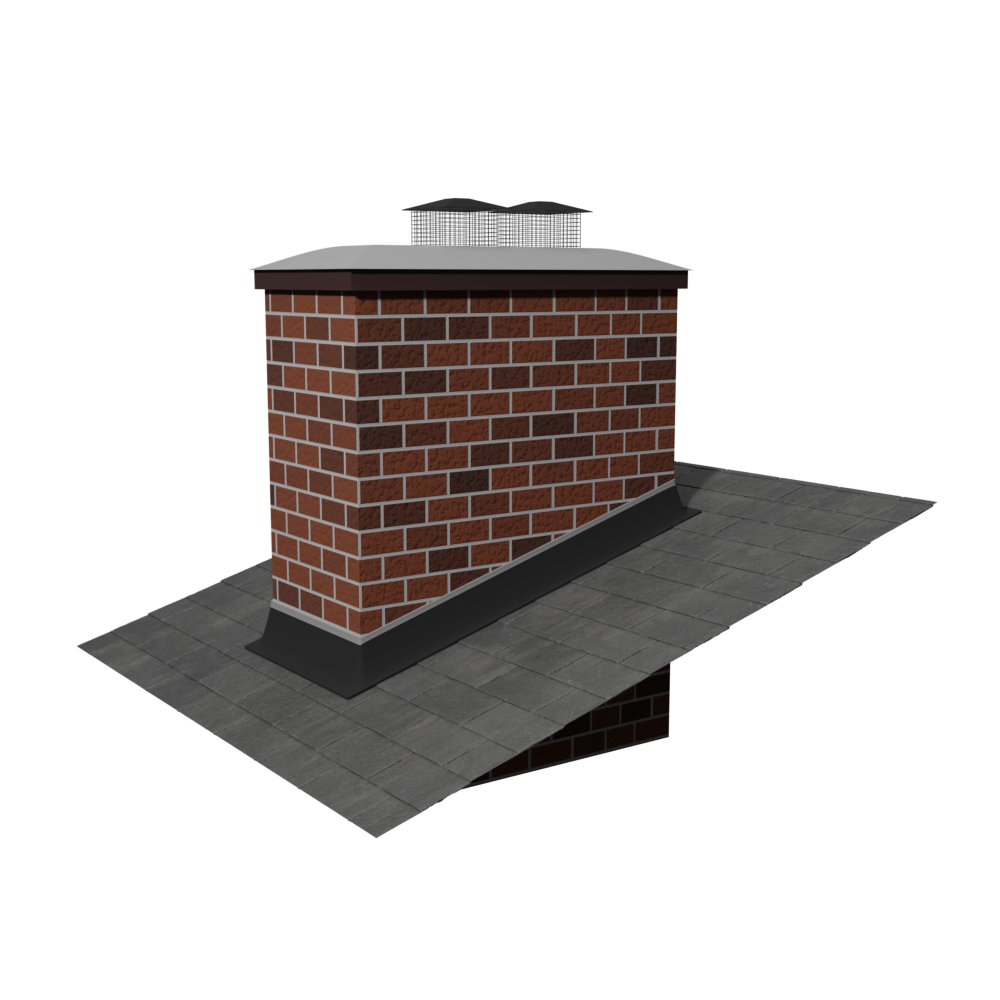
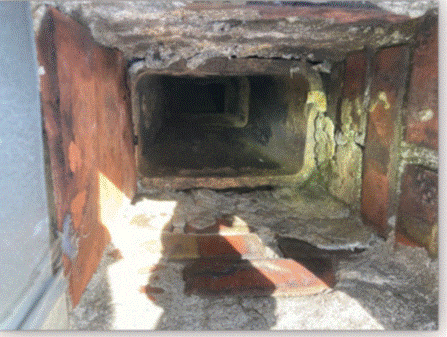
Safety and Efficiency
Regular chimney maintenance and repair are crucial for ensuring the safety and efficiency of your heating system.
Learn More
Chimney Repair: Ensuring Safety and Efficiency
Regular chimney maintenance and repair are crucial for ensuring the safety and efficiency of your heating system. Here are some common chimney problems and how to address them:
Cracked or damaged masonry: Over time, the bricks and mortar in a chimney can deteriorate, leading to cracks, spalling, or loose bricks. Repairing these issues involves replacing damaged bricks and repointing mortar joints to ensure the structural integrity of the chimney.
Chimney liner damage: The chimney liner protects the chimney walls from heat and corrosion. If the liner is damaged or deteriorated, it can pose a safety hazard and affect the efficiency of the chimney. Repairing or replacing the chimney liner may be necessary to ensure proper ventilation and prevent carbon monoxide leaks.
It’s important to address chimney problems promptly to prevent further damage and ensure the safety of your home and family. Hiring a professional chimney repair contractor is recommended for thorough inspections, accurate diagnosis of issues, and expert repairs.
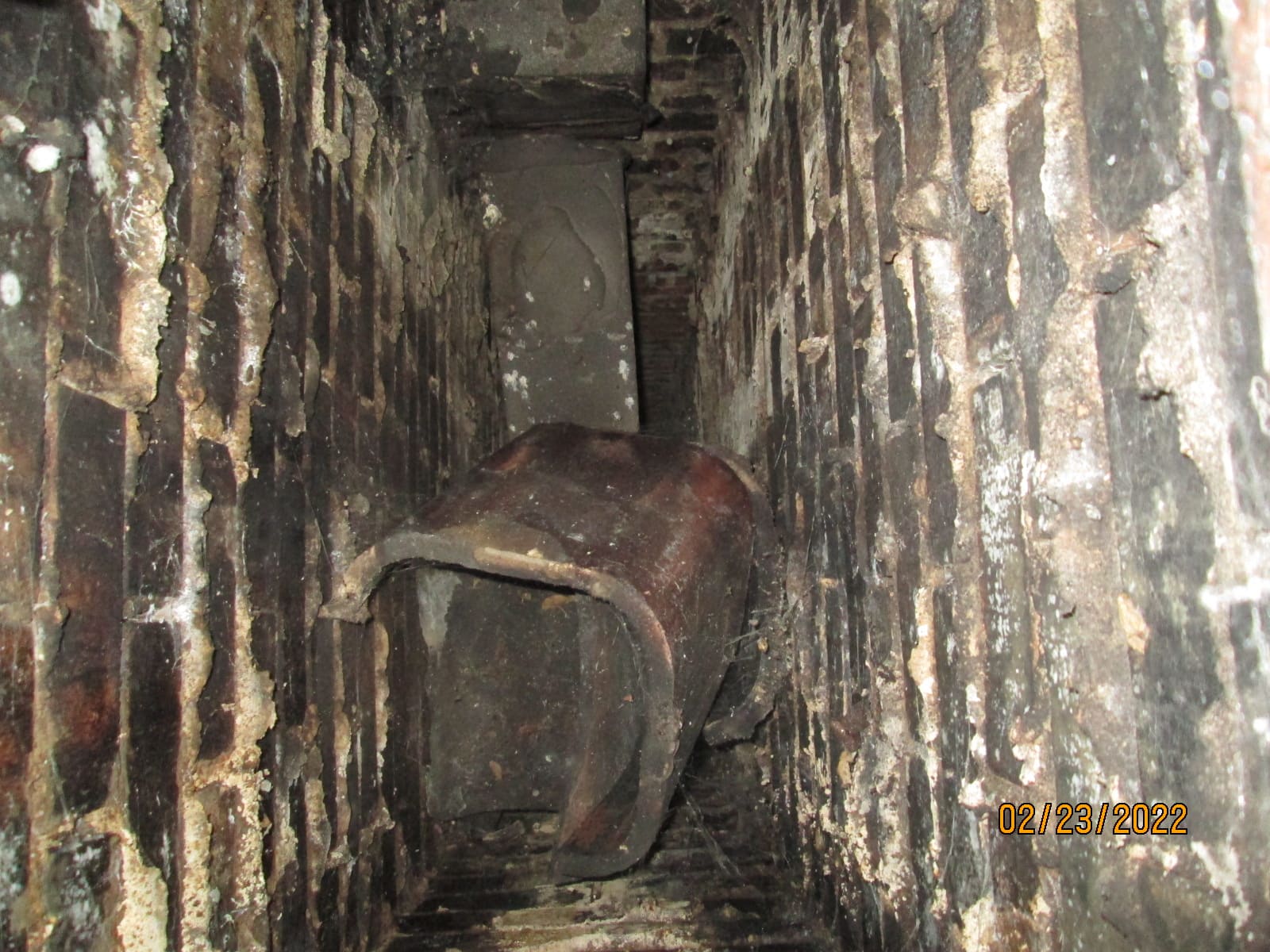
Detecting Chimney Problems
Recognizing early signs of chimney problems can help homeowners address issues before they escalate. Here are some common indicators that your chimney may require repair:
Learn More
Recognizing early signs of chimney problems can help homeowners address issues before they escalate. Here are some common indicators that your chimney may require repair:
If you notice any of these signs, it’s essential to have your chimney inspected by a professional chimney sweep to diagnose and address the underlying issues.
DIY Chimney Maintenance Tips
While some chimney repairs require professional expertise, homeowners can perform certain maintenance tasks themselves to keep their chimneys in good condition:
While DIY maintenance can help prolong the life of your chimney, it’s essential to know when to call a professional for more extensive repairs or inspections.
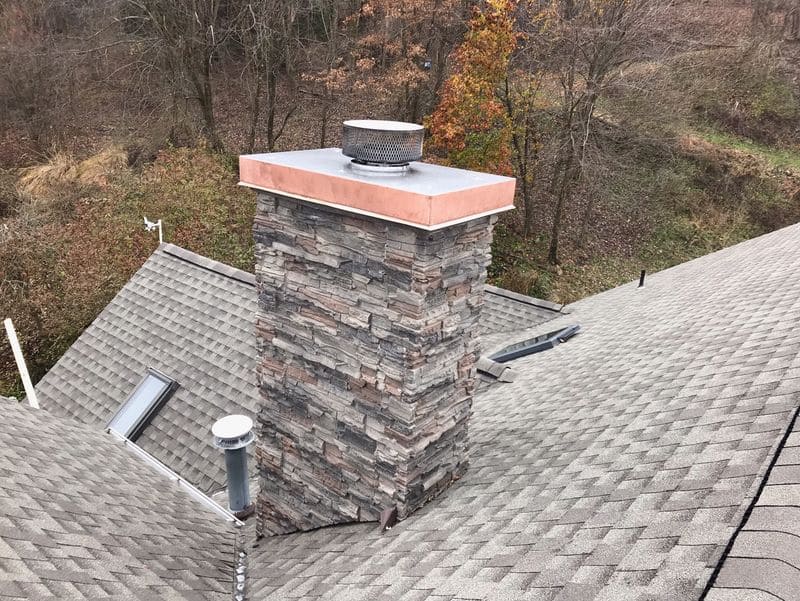
Maintaining Chimney Health
Regular chimney maintenance and repair are crucial for ensuring the safety and efficiency of your heating system.
Learn More
Maintaining Chimney Health: Tips for Homeowners
While professional chimney inspections and repairs are essential, homeowners can also take steps to maintain the health and longevity of their chimneys:
By following these tips and investing in professional chimney maintenance and repair services, homeowners can ensure the safety, efficiency, and longevity of their chimneys for years to come.
Patios
&
Walkways
Patios
&
Walkways
If you are looking for a distinctive looking outdoor space, we can create a brick or stone patio or walkway that will make you the envy of your neighborhood.

Pillars
Brick pillars are a popular choice for enhancing the aesthetic appeal and structural integrity of fences, gates, and mailboxes. They add a sense of permanence and sophistication to a property’s exterior, along with providing robust support. The styles and dimensions of brick pillars can vary depending on their intended use, aesthetic preference, and structural requirements
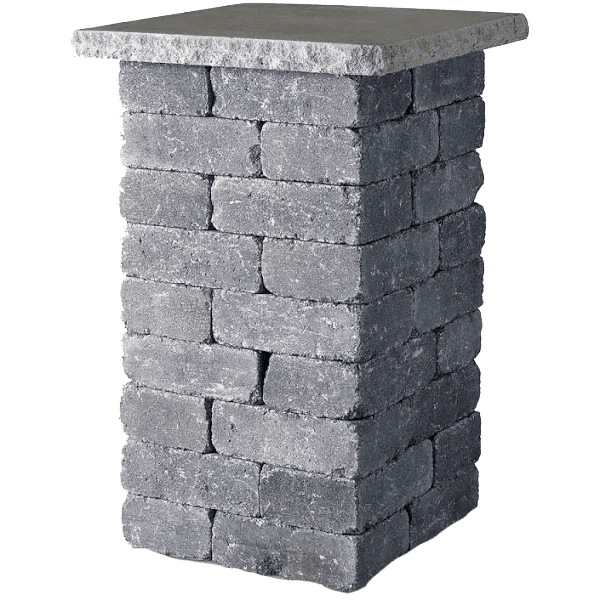
Common Pillar Styles
Classic Red Brick Pillars: These are traditional, often seen in residential settings. They provide a classic look and blend well with many styles of architecture.,
Whitewashed Brick Pillars: These have a rustic look and are popular for a country or shabby chic aesthetic.
Slate Grey or Black Brick Pillars:These offer a modern, sleek appearance and are often used in contemporary settings.
Split-faced or Rough-hewn Brick Pillars: These provide a more rugged, natural texture.
Decorative Brick Pillars: These include elaborate designs, perhaps with inset panels, decorative caps, or even wrought iron detailing for added elegance..
Fluted or Grooved Brick Pillars:These pillars feature vertical channels or grooves for an added layer of sophistication.
Dimensions
Mailbox Pillars: These are generally smaller, around 18 inches by 18 inches at the base and can be around 4 to 5 feet in height.
Fence Pillars: Common dimensions for these pillars range from 18 to 24 inches square at the base and can be anywhere from 4 to 6 feet in height.
Gate Pillars: These are often the most robust, with base dimensions ranging from 24 to 36 inches square or more. They can be as tall as 6 to 8 feet, depending on the gate’s size and the homeowner’s aesthetic preferences.
Commercial Pillars: Used in commercial settings or large estates, these can be even larger, with base dimensions exceeding 36 inches and heights going well beyond 8 feet.
Cap Styles
Flat Caps: Provide a modern, sleek finish to the pillar.
Peaked or Pointed: Add a bit of grandiosity and are often used in traditional or classical settings.
Ball Caps: These feature a round ball at the top and are often used for more decorative or ornate designs.
Multi-Layered Caps: These feature multiple layers of material, often in contrasting colors or textures, to add a sense of complexity and luxury.
Brick Veneer
Instantly increase the curb appeal of your home or business by replacing your outdated siding with brick veneer in your choice of styles and colors
Learn More
Brick Veneer Maintenance: Preserving Your Home’s Exterior
Brick veneer is a popular choice for home exteriors due to its durability and timeless appeal. However, like any building material, brick veneer requires regular maintenance to ensure its longevity and structural integrity. Here are some key maintenance tasks for preserving your home’s brick veneer:
Inspect for damage: Regularly inspect the brick veneer for signs of damage, such as cracks, chips, or loose bricks. Addressing minor issues promptly can prevent more extensive damage and costly repairs.
Clean the brick: Use a mild detergent and a soft-bristled brush or pressure washer to clean dirt, mold, and mildew from the surface of the brick veneer. Avoid using harsh chemicals or abrasive cleaning methods that can damage the brick.
Repair mortar joints: Over time, the mortar between bricks can deteriorate due to exposure to the elements. Repointing mortar joints involves removing deteriorated mortar and replacing it with fresh mortar to maintain the structural integrity of the brick veneer.
Seal the brick: Applying a sealant or water repellent to the brick veneer can help protect it from water infiltration, mold growth, and freeze-thaw damage. Be sure to choose a breathable sealant that allows moisture vapor to escape from the brick.
Prevent vegetation growth: Trim shrubs, vines, and trees near the brick veneer to prevent moisture buildup and damage from roots or foliage. Remove any vegetation that has taken root in the mortar joints.
Address drainage issues: Ensure that gutters, downspouts, and drainage systems are functioning properly to prevent water from pooling around the base of the brick veneer. Proper drainage can help prevent water damage and efflorescence on the brick surface.
By performing regular maintenance and addressing issues promptly, homeowners can keep their brick veneer looking beautiful and structurally sound for years to come.
Common Brick Veneer Problems and Solutions
Despite its durability, brick veneer can experience various issues over time. Here are some common problems homeowners may encounter with brick veneer and how to address them:
Efflorescence: Efflorescence is a white, powdery residue that can appear on the surface of brick veneer due to water migration and salt deposits. To remove efflorescence, scrub the affected area with a mixture of water and vinegar, then rinse thoroughly with clean water.
Cracked bricks: Cracks in brick veneer can occur due to settling, thermal expansion and contraction, or impact damage. Depending on the severity of the cracks, repairs may involve patching with mortar, replacing individual bricks, or reinforcing the affected area with steel ties.
Bowing or bulging: Bowed or bulging sections of brick veneer may indicate underlying structural issues, such as inadequate foundation support or water damage. It’s essential to consult a structural engineer to assess the cause of the bowing and recommend appropriate repairs, which may include reinforcing the foundation or installing additional support.
Water infiltration: Water infiltration can cause damage to both the brick veneer and the underlying structure of the home. Addressing water infiltration may involve repairing damaged mortar joints, installing flashing and weep holes to redirect water away from the brick, and applying waterproof sealants to the surface.
Frost damage: In cold climates, freeze-thaw cycles can cause brick veneer to crack or spall. To prevent frost damage, ensure proper drainage to prevent water from collecting in the brick, and use frost-resistant bricks and mortar that can withstand temperature fluctuations.
Staining: Brick veneer may become stained over time due to factors such as algae growth, rust from metal components, or air pollution. Stains can often be removed with specialized brick cleaners or poultices designed to draw out stains from porous materials.
It’s essential to address brick veneer problems promptly to prevent further damage and maintain the structural integrity and appearance of your home’s exterior.
Brick Veneer Repair Tips
While some brick veneer repairs may require professional expertise, homeowners can tackle minor issues themselves with the right tools and materials. Here are some DIY brick veneer repair tips:
Replacing damaged bricks: Use a cold chisel and hammer to carefully remove damaged bricks, then clean the area and apply mortar to the back of the replacement brick before setting it in place. Use a pointing trowel to shape and smooth the mortar joints.
Repairing mortar joints: Remove deteriorated mortar using a joint raker or grinder, then brush out the joints with a stiff-bristled brush. Mix fresh mortar according to manufacturer instructions and use a pointing trowel to fill the joints, ensuring they are compacted and flush with the surrounding brick.
Sealing cracks: For hairline cracks in brick veneer, use a high-quality exterior caulk or sealant to fill the crack and prevent water infiltration. For larger cracks, clean the area thoroughly and fill with mortar using a pointing trowel.
Preventing future damage: Address underlying issues, such as poor drainage or vegetation growth, to prevent recurring damage to the brick veneer. Regularly inspect the exterior of your home for signs of damage and perform maintenance as needed to keep your brick veneer in good condition.
While DIY brick veneer repairs can save homeowners money, it’s essential to know when to call a professional for more extensive repairs or structural issues.
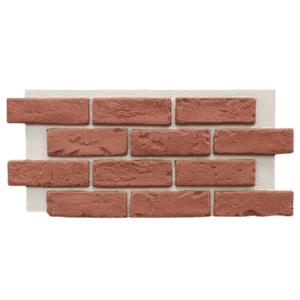
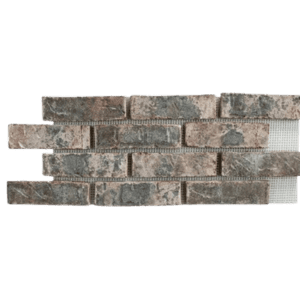
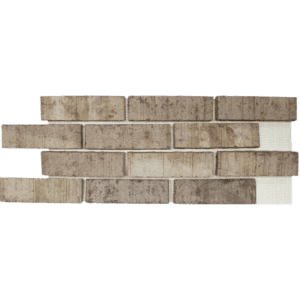
Pizza Ovens
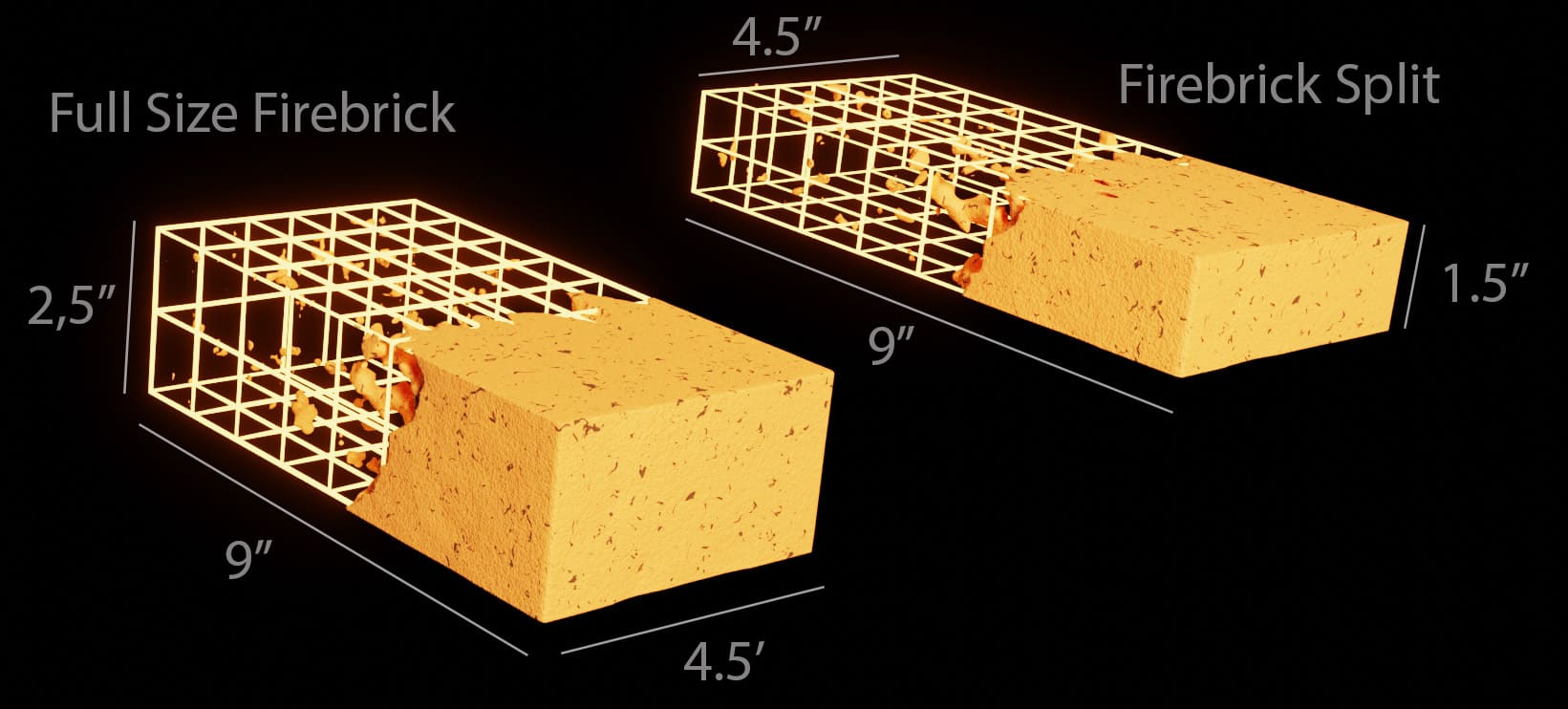
Firebrick is designed to line surfaces that encounter high temperatures, such as kilns, pizza ovens, and furnaces. Insulating firebricks enhance energy efficiency.
Also known as insulating firebricks (IFB), these bricks are effective in maintaining their properties even against high temperatures.
Clay firebrick is manufactured in compliance with ASTM C 1261, the Standard Specification for Firebox Brick for Residential Fireplaces.
These firebricks are recommended for use in temperatures up to 2700 Fahrenheit.
Our firebricks are carefully crafted from a special blend of clay and shale, resulting in hard-fired refractory bricks capable of withstanding intense heat.
Grouting Options

Flush Joint
In bricklaying, a flush joint refers to a type of mortar joint finish where the mortar is finished flush with the outer surface of the bricks. This is achieved by pressing the mortar into the gaps between the bricks and then smoothing it out so that it is level with the brick face. This type of joint provides a clean and uniform look to the brickwork.

Flush Brushed Joint
A flush brushed joint in bricklaying is a type of mortar joint finish where the mortar is first made flush with the bricks, as described earlier, and then lightly brushed with a soft brush. This technique slightly roughens the surface of the mortar, giving it a textured look while still maintaining the flush alignment with the brick face.

Weather Stuck Joint
A weather struck joint in bricklaying is a type of mortar joint finish that is designed to effectively shed water, enhancing the durability of the wall. This joint is characterized by a sloping profile where the top edge of the mortar is pressed deeper into the brickwork than the bottom edge. This creates an angled surface that slopes downwards and outwards, directing rainwater away from the brickwork.

Recessed Joint
A recessed joint in bricklaying is another distinct type of mortar joint finish where the mortar is intentionally set back from the face of the bricks. Unlike flush or weather struck joints, the mortar in a recessed joint is indented, creating a shadow effect and emphasizing the horizontal and vertical lines of the bricks. This can give the brickwork a more pronounced, textured appearance.

Raked Joint
A raked joint in bricklaying is a type of mortar joint where the mortar is removed to a certain depth from the face of the brick, creating an indentation. This technique is similar to a recessed joint, but the raked joint typically involves more pronounced depth, enhancing the shadow effect and architectural definition of the brick edges.

Convex Joint
A convex joint in bricklaying, also known as a rounded or weathered joint, is a type of mortar joint where the mortar is shaped into a convex curve that bulges outwards from the brick face. This style is particularly effective for shedding water and minimizing water ingress, which makes it a practical choice for exterior walls in regions that experience significant rainfall.
Full Range of Styles and Colors to Choose From
FAQs
Q: What types of brick do you offer?
A: We offer a variety of brick types, including common red bricks, clay bricks, and engineered bricks, each suitable for different applications ranging from structural walls to decorative facades.
Q: Do you offer custom brickwork designs?
A: Yes, we provide custom brickwork designs that can match the architectural style of your home or commercial building, including herringbone, basketweave, and running bond patterns.
Q: Can you repair or restore older brickwork?
A: Absolutely, we specialize in brick repair and restoration services. Whether it’s fixing loose or damaged bricks or restoring historical masonry, we’ve got you covered.
Q: Do you provide estimates and consultations?
A: Yes, we offer free initial consultations and provide detailed estimates based on the scope of work, materials required, and labor costs.
Shop Masonry Services
Fireplaces
Materials
Chimneys

Walls
Cleaning
Latest Articles
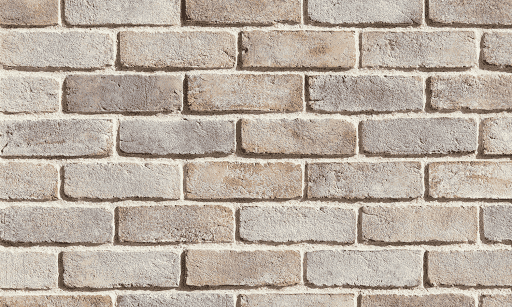
Which Brick is Right for Your Project?
Bricks are one of the oldest and most versatile building materials, used in construction for centuries. They come in various types, each with its unique properties and uses. Whether you're building a new home, renovating, or working on a landscape project, choosing...
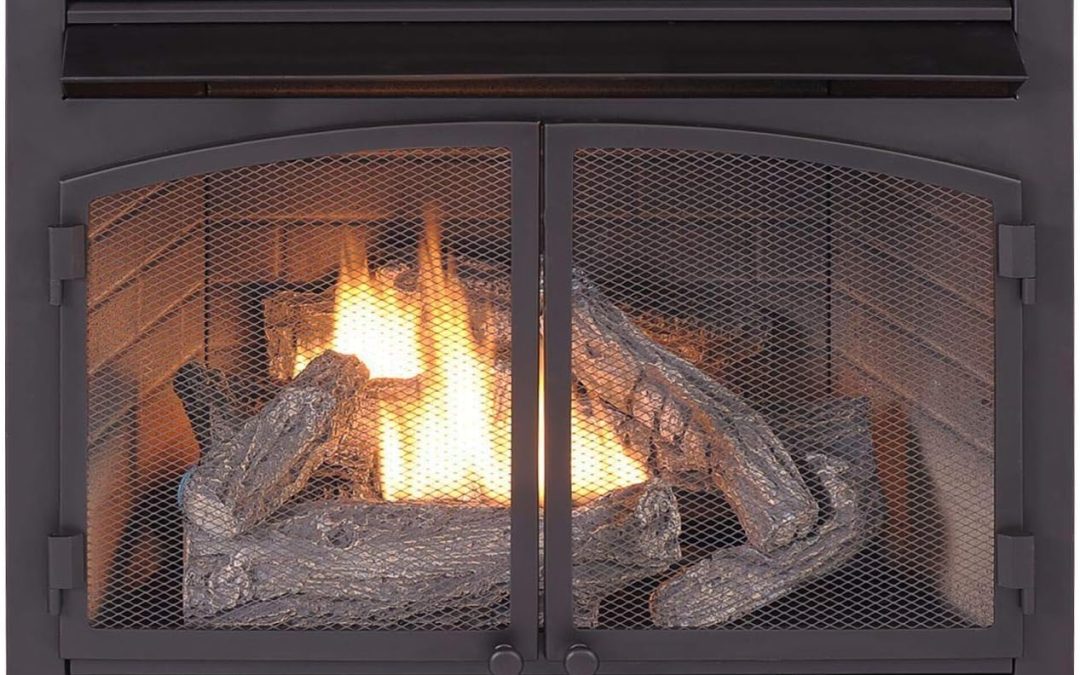
Exploring Fireplaces: Which One is Right for You?
Fireplaces have long been a central feature in homes, providing warmth, ambiance, and a focal point for family gatherings. Today, there are various types of fireplaces available, each with its own set of benefits, aesthetic appeal, and functional characteristics. In...

How a Chimney Works
A chimney is an essential structure in homes with fireplaces, wood stoves, or heating systems that burn fossil fuels. It plays a crucial role in maintaining indoor air quality and ensuring the safe operation of these heating appliances. In this blog post, we'll break...

The Washington State
Masonry Company
License No. BRICKBD809Q4
FREE ESTIMATES
We offer same day or same week in-person estimates and project completions
5 year warranty on all workmanship
15-20 Year Warranty on all Workmanship
Based out of Federal Way, WA
Call Us At: 206-437-6582




